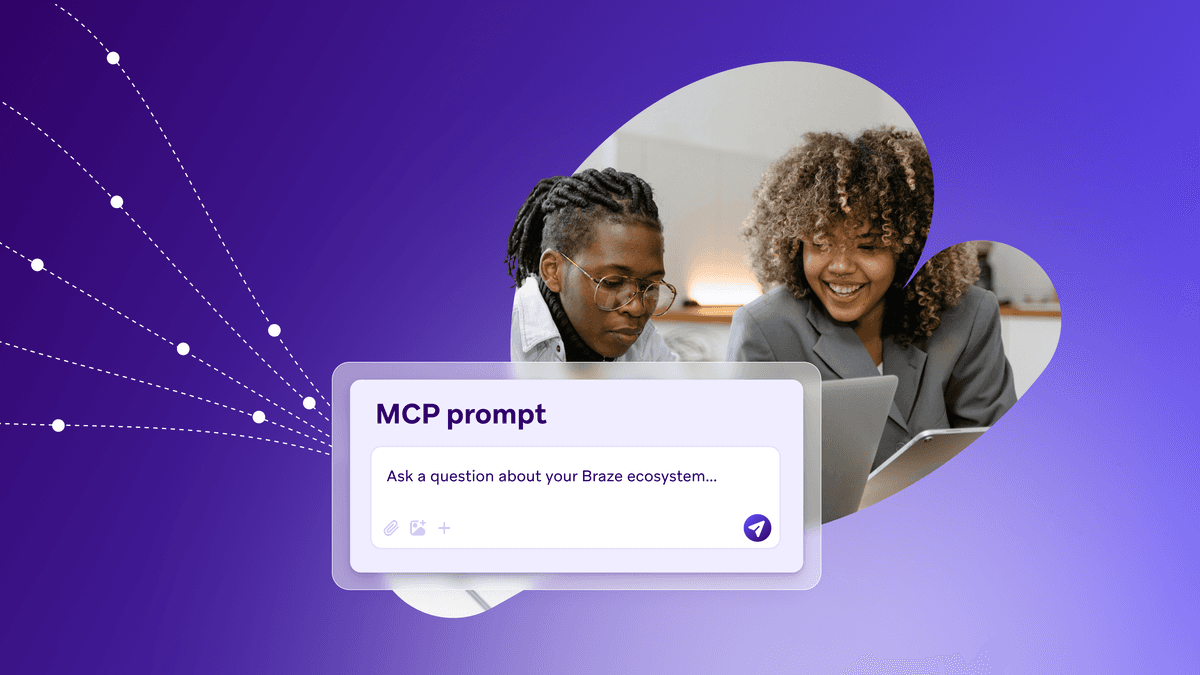How Grocery Brands Can Master Digital Engagement in a Time of Upheaval
Published on August 21, 2020/Last edited on August 21, 2020/5 min read
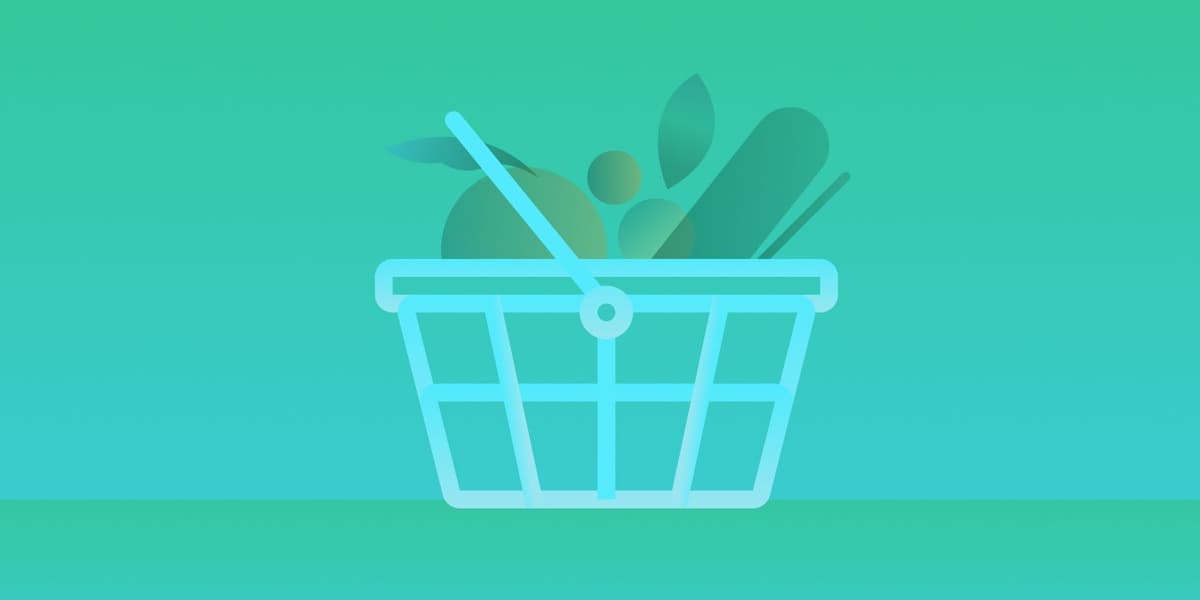
Published on August 21, 2020/Last edited on August 21, 2020/5 min read

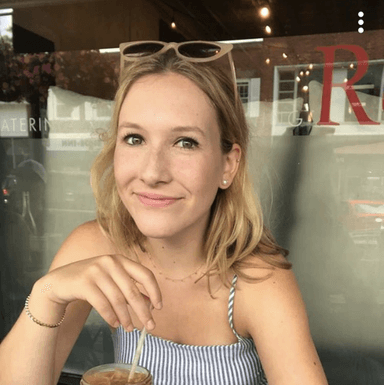
As grocery brands across the United States assumed their roles as essential businesses during COVID-19, they quickly had to confront a challenge beyond meeting the enormous spike in demand: Maintaining the integrity of their customers’ shopping experiences, which have supported customer relationships and loyalties for so long. The familiarity of a stocking schedule, the individual experience of selecting the best produce, the exploratory ability to wander through a physical store—stand-bys that the pandemic replaced with unpredictably empty shelves, no-touch policies, and the fear-driven urgency to fill up the fridge immediately.
While some argue that it’s time for supermarkets to go fully digital to minimize the spread of COVID-19, anyone who regularly grocery shops knows that there are integral parts of the experience that cannot be replicated through delivery services. At the same time, it’s impossible to ignore the fact that this activity has become so anxiety-provoking in the COVID era for many consumers that it could potentially leave a permanent negative brand impression. Given that, let’s take a look at how grocery brands can address this customer experience challenge using an integrated approach: One where supermarkets and other grocery brands work to develop their cross-channel experiences to reaffirm their brand experience for customers.
The in-store experience has historically been central to grocery shopping—and the current situation has created challenges for brands looking to continue providing that personal, interactive touch to their shoppers beyond the store. But while those feelings naturally come along with the in-store experience of choosing between items and rifling through ingredients, digital avenues provide similar opportunities to incorporate brand-specific and individualized touches into your current digital customer experience.
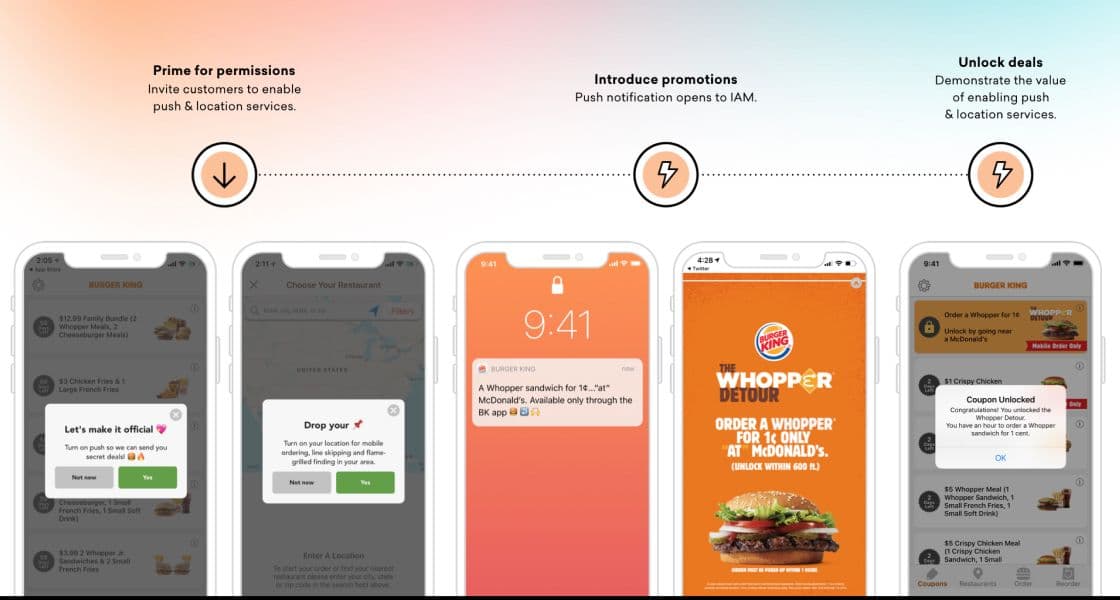
What does that look like in practice? Burger King leveraged the Braze platform’s real-time messaging and geo-targeting capabilities to pursue this individual touch on an extraordinary scale, in the iconic “Whopper Detour.” The campaign, which ultimately drew 3.2 million app downloads and a 53.7% increase in MAU, operated on the belief that the best route to stronger brand engagement was to target each customer on a supremely individual basis. For Burger King, this meant doling out coupons for a one-cent Whooper to customers who opened the mobile app—within 600 feet of a McDonald’s.
This approach can pay dividends in the grocery space, too. If your brand has customers’’ permission to send them messages based on location, you can use geofences to let customers know when they’re near one of your stores—and with dynamic personalization tools like Connected Content, it’s even possible to pull in data on wait times or crowd sizes from your internal servers and use them to personalize these notifications. By the same token, Braze Promo Codes allows brands to target each individual user with personalized coupons that match their specific interests, giving a personal touch that arguably surpasses what’s possible in-store.
Another essential aspect of the traditional grocery shopping experience is the hands-on customer service guests (especially frequent ones) come to expect during their shopping trips. While supermarkets scramble to hire more workers to accommodate extended hours, the 1:1 service some shoppers appreciated pre-pandemic is no longer as accessible—especially for shoppers who may be reluctant to shop in store due to health concerns. This is a great opportunity to tap into digital to provide that individualized support at a lower lift.
The Wall Street Journal recently highlighted the use of Braze-powered SMS messaging by supermarket brand Giant Eagle in a piece on the growing use of text messaging by companies during the pandemic. Giant Eagle launched its use of SMS in March in order to share information on store sanitization procedures and other topics related to COVID-19 and made it possible for more than 10,000 customers to text keywords like “curbside” to the brand in order to get information on how to pick up orders outside of stores (or have them delivered). This approach makes it possible for shoppers to get the information they need—information they may have previously gotten directly from an in-store employee—through simple digital communications.
Thanks to the rise of same-day delivery and triggered messages, today’s consumers increasingly expect the experiences they have with brands to be not just relevant but timely. In the midst of the COVID-19 pandemic, these expectations have only grown, especially with many delivery and grocery brands seeing shortages of delivery slots impacting consumers.
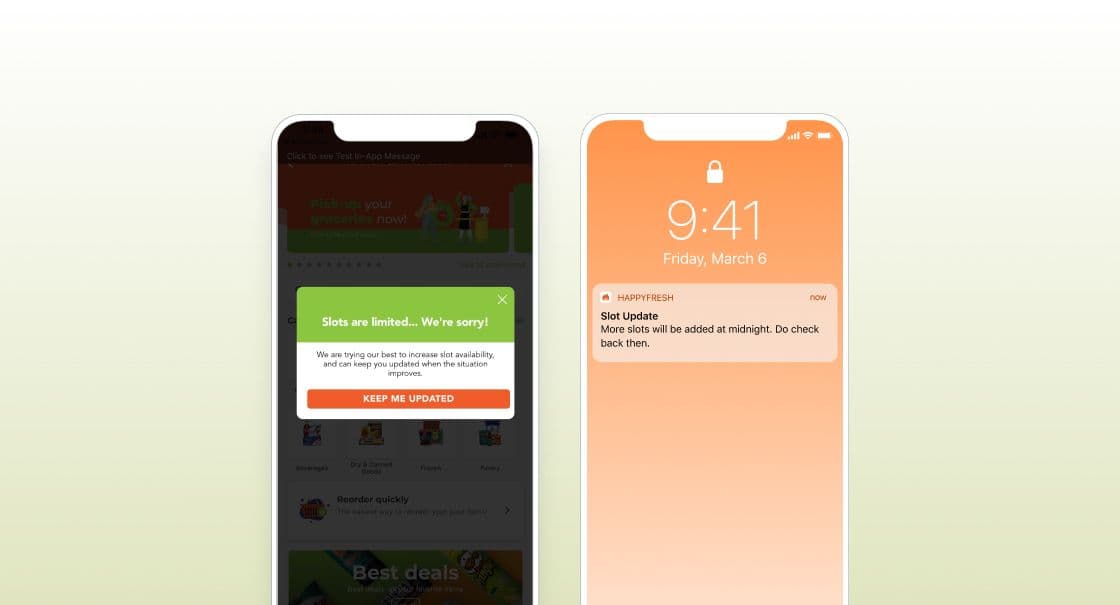
Jakarta-based online grocery delivery platform HappyFresh faced this exact issue in the early days of the pandemic: Because so many users turned to online grocery ordering as a result of COVID-19 that delivery slots were running out faster than people could check out, leading a subset of customers to abandon orders without completing them.
In order to protect the user experience, HappyFresh embraced a new strategy: Responsive, cross-channel communication. The company used in-app messages to prompt customers to sign up for push and email notifications when new delivery slots were available—driving a 33% purchase rate among message recipients.
For the grocery space, COVID-19 represents both a serious challenge and a significant opportunity—highlighting the essential nature of what these brands do while also forcing them to rethink traditional ways of reaching, engaging, and converting their customers, in order to maintain the exceptional, highly-personal customer experience that shoppers prize.
Personalized, cross-channel messaging makes it possible to meet that challenge. To learn more about how sending coordinated messages across different channels (from email to push to in-app messages and beyond) can boost engagement by more than 800%, check out the Braze Cross-Channel Data Report.
Sign up for regular updates from Braze.


